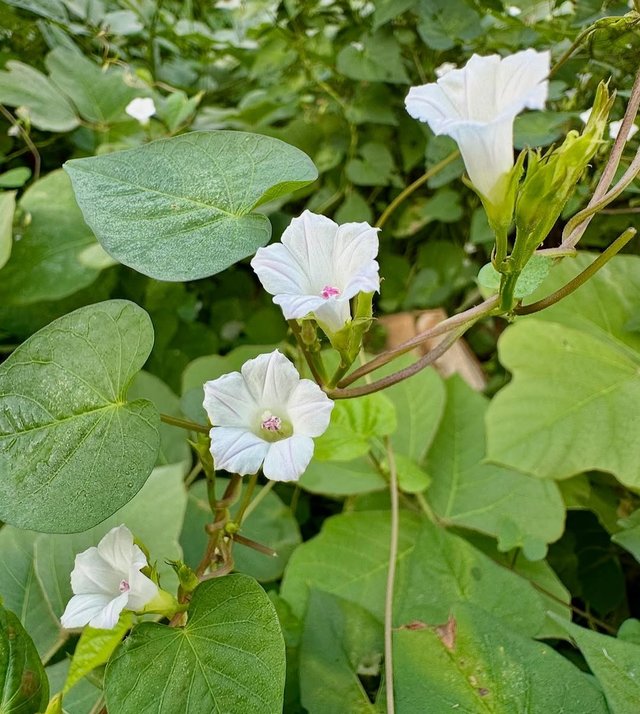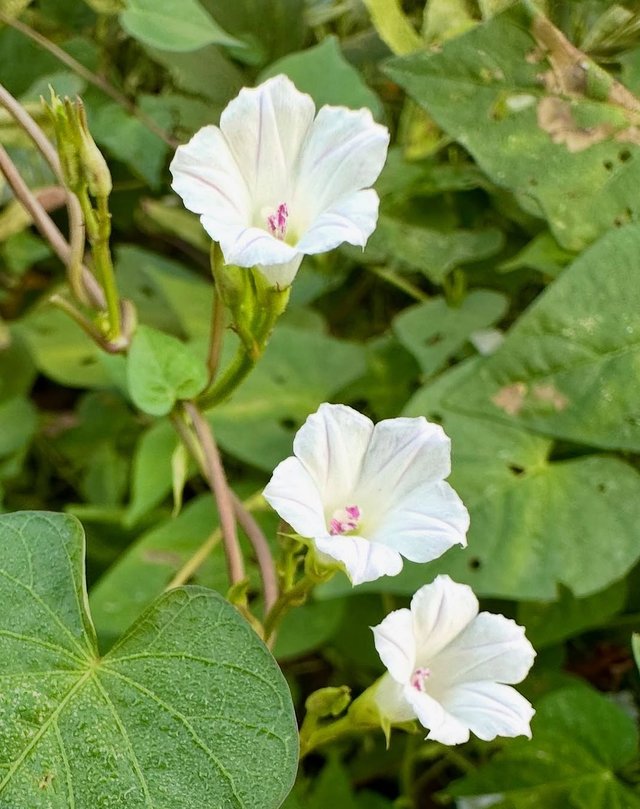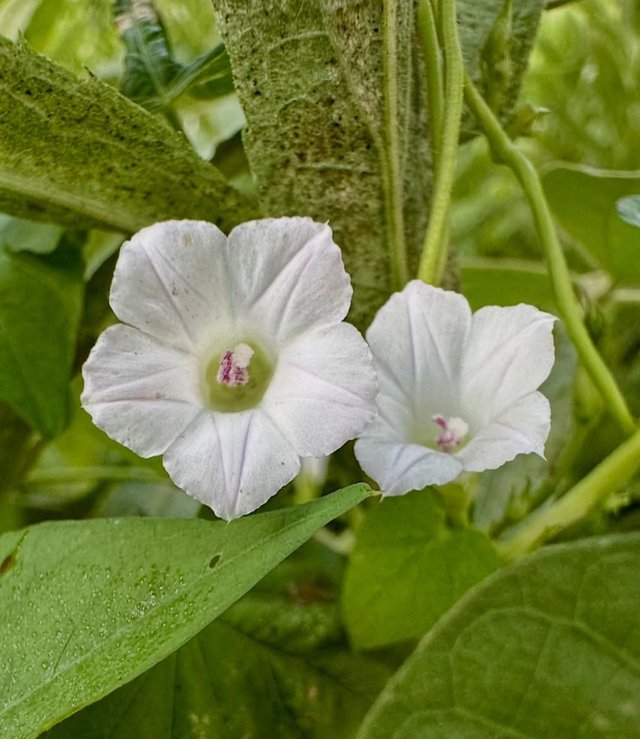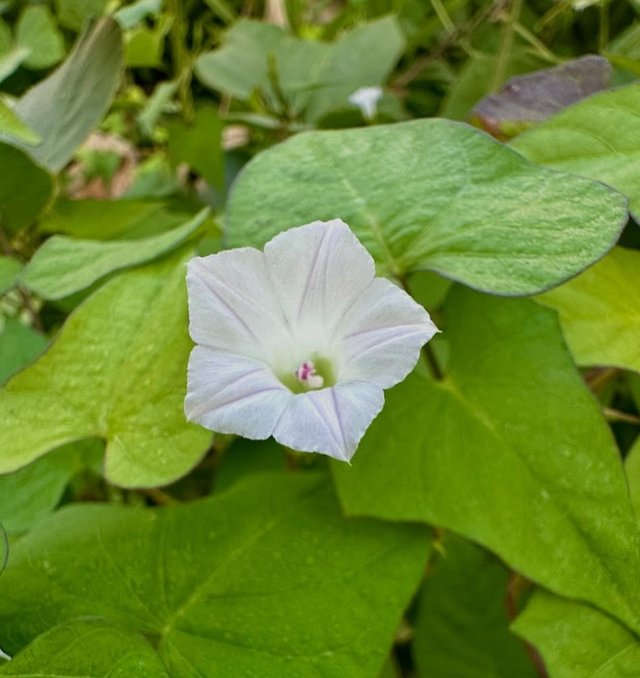White Morning-Glory Flower
The White morning-glory, also known as the moonflower, is a striking and enchanting plant admired for its large, luminous blooms that unfurl in the evening hours. A member of the Convolvulaceae family, this vining species has captured the attention of gardeners, botanists, and nature lovers alike for centuries due to its beauty, cultural significance, and ecological role. Unlike many of its colorful relatives that brighten the garden at dawn, the white morning-glory reveals its full splendor under the moonlight, making it a unique presence in both cultivated landscapes and the wild.
Appearance and Growth
The white morning-glory is a vigorous, fast-growing climber that can reach lengths of 10 to 30 feet in favorable conditions. Its stems are slender yet strong, capable of twining around trellises, fences, or any available support. The leaves are heart-shaped, lush green, and often quite large, providing dense foliage that creates a natural screen or backdrop in gardens.
The most remarkable feature of this plant, however, is its blooms. The flowers are trumpet-shaped and can grow up to 5 to 6 inches in diameter, glowing with a pure white hue that appears almost iridescent in the dark. Their fragrance is sweet and inviting, especially noticeable during the evening and nighttime hours when they are fully open. By early morning, the blooms usually wilt as the sun rises, a rhythmic cycle that adds to their mystique.
Habitat and Distribution
Native to tropical and subtropical regions of the Americas, the white morning-glory thrives in warm climates. Today, it is cultivated worldwide, particularly in gardens where its beauty and fragrance are appreciated. It prefers well-drained soil and sunny conditions, although its flowers do not open until twilight. Its resilience and fast growth make it both a delight and, in some regions, an invasive species that requires mindful management.
Ecological Importance
The nocturnal blooming of the white morning-glory plays a vital role in local ecosystems. Its timing is perfectly synchronized with the activity of nighttime pollinators such as moths, particularly hawk moths, which are drawn to its fragrance and pale color that glows under moonlight. This relationship highlights the plant’s evolutionary adaptation to ensure effective pollination outside daylight hours. Additionally, the plant provides shelter for small insects and contributes to the biodiversity of gardens and wild landscapes.
Cultural and Symbolic Significance
Across cultures, the white morning-glory has been admired not just for its beauty but also for the symbolism it carries. Because its flowers bloom in the evening and fade with the morning sun, it is often associated with fleeting beauty, transience, and the passage of time. In some traditions, it represents purity and spiritual illumination, especially when observed in moonlit gardens where its white blossoms glow softly against the darkness. Gardeners often plant moonflowers to create serene evening gardens, spaces designed for relaxation and contemplation after sundown.




%20(9).jpeg)
Thank you for sharing on steem! I'm witness fuli, and I've given you a free upvote. If you'd like to support me, please consider voting at https://steemitwallet.com/~witnesses 🌟